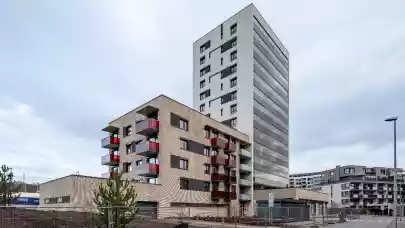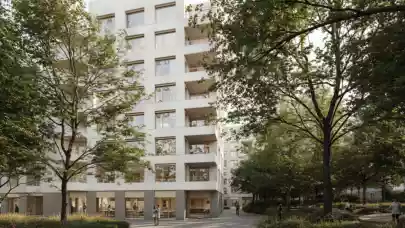
Investment in Europe's residential sector has grown by 15% year-on-year to €13.3 billion in H1 2025, according to Savills. However, Romania remains at the bottom of the list for institutional residential investments.
While the lack of specific legislation is a factor, it is not the main reason for this lag, says Crosspoint Real Estate.
The country’s high homeownership rate, at 94.3%—26% higher than the European average—has traditionally made ownership more attractive than renting.
“Romanians’ strong orientation towards being owners rather than tenants, the lack of a relevant stock of specific products and the current macroeconomic fundamentals are factors that are still holding this segment back,” said Oana Popescu, Partner, Head of Residential at Crosspoint Real Estate.
Despite this, the market is showing signs of a shift. The above-average increase in construction costs, up 42% in Q4 2024 compared to Q4 2021, and rising VAT to 21%, are making home ownership more difficult. This, combined with more difficult access to financing and a decrease in purchasing power, is expected to stimulate the residential rental market.
The mindset of younger generations and greater professional mobility are also contributing to the development of this segment.
The current context presents a favourable opportunity for investors to develop the built-to-rent sector. Popescu believes that with estimated yields of around 7%, these projects could attract international funds and mark the beginning of market maturity.
"Just as office buildings were the go-to product for investors seeking steady returns over the past two decades, we believe the next winning bet should be on built-to-rent residential properties," she concluded.



